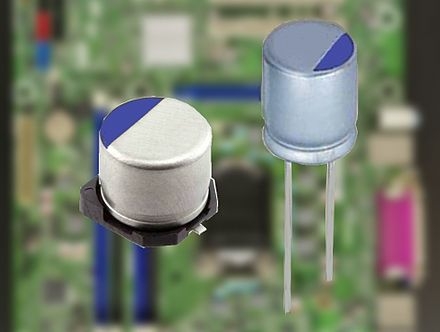source: Sat Press Releases news
First Individual to Plead Guilty in Ongoing Investigation. Matsuo Electric Co. Limited and one of its executives, Satoshi Okubo, have agreed to plead guilty for their roles in a conspiracy to fix prices and rig bids for electrolytic capacitors sold to customers in the United States and elsewhere, the Department of Justice announced today.
In charges filed today in the U.S. District Court of the Northern District of California, Matsuo and Okubo were charged in a conspiracy to suppress and eliminate competition of electrolytic capacitors by fixing prices and rigging bids. The charges allege that Matsuo participated in the conspiracy from at least as early as November 2001 until about January 2014 and that Okubo participated in the conspiracy from at least as early as August 2002 until about January 2014.
In addition to pleading guilty, Matsuo has agreed to pay a criminal fine and Okubo has agreed to serve a prison term of one year and a day. Both have agreed to cooperate with the Antitrust Division’s ongoing investigation. The plea agreements are subject to court approval.
“The simultaneous acceptance of responsibility by a company and the executive who supervised its involvement in the cartel demonstrates in a concrete way their future commitment to lawful conduct and an improved business culture,” said Acting Assistant Attorney General Brent Snyder of the Justice Department’s Antitrust Division. “The division continues to investigate this industry and will take the steps necessary to ensure that the executives involved in the conspiracy are held accountable, and that the companies that participated undertake changes to instill a culture of compliance and remediation.”
Electrolytic capacitors store and regulate electrical current in a variety of electronic products, including computers, televisions, car engine and airbag systems, home appliances and office equipment.
Today’s charges result from an ongoing federal antitrust investigation into price fixing, bid rigging and other anticompetitive conduct in the electrolytic capacitors industry. The investigation is being conducted by the Antitrust Division’s San Francisco Office and the FBI’s San Francisco Field Office. With today’s charges, six companies and 10 individuals have now been charged in the division’s ongoing investigation.































